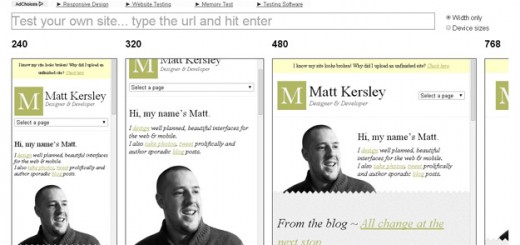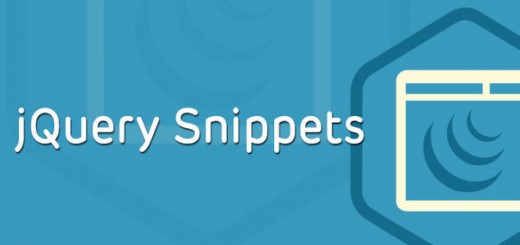APIs play an important role in the how many of today’s technological wonders. With everything from mobile apps to cloud computing, API development has done much to push these breakthroughs forward in today’s modern world. However, since it has made our lives much easier, its history, creation, and function are often taken for granted.
Take its life cycle for example. Not many people are even aware that the API has one. Nonetheless, it’s an aspect of the program companies and developers can use to help boost their business and projects. Of course, not all APIs are made the same and their life cycles may vary, especially if they’re using a API toolkit for teams and enterprises such as Stoplight.
In general, however, a typical API will go through the following life stages:

Stage 1: Analysis
The first step of creating an API doesn’t start with the programming itself. It begins with defining the API’s business objectives. Companies will have to ask themselves what type of API suits their business, service, or product. They also have to make sure that the API they’ll create will boost their pre-existing operations or work towards their company’s goals.
There are three main types of APIs that can be created:
Private APIs – Used to streamline internal operations. It’s not meant for consumption outside the company.
Public APIs – Made available to the public and has no access restriction.
Partner APIs – Specifically used with partner organizations. It helps expand the business by reaching to other existing marketers.
Don’t Miss-
Machine Learning and Python – Why it Deserves Your Attention!
Ultimate Guide to Become a Successful Full-Stack Developer
Stage 2: Development
The development stage is where the technical requirements of the API are defined. Here, firms will think about the features the API will offer, as well as the level of accessibility it will give consumers. Other things that should be considered during this phase include the following:
# Security
# Size and scalability of the API
# The methods and protocols it’ll use
# Management and hosting
Stage 3: Tweaking and Publishing
Even if companies are confident that their API is ready to be published, it’s unwise to release it immediately after the development stage. There are a lot of opportunities to improve the API, so it’s smart to take the time to tighten the loose nuts and bolts in order to get rid of all the bugs. Once the API is thoroughly checked and tested, it can be released to the targeted consumers.
Stage 4: Deprecation and Retirement
Due to the fast-pace nature of today’s tech landscape, it’s only natural for an API to deprecate. This occurs when the API has become inefficient, unsecure, or can no longer be supported. During this stage, developers should prepare for the API’s retirement. However, retiring an API is not as simple as removing it from the production environment.
The API has to be carefully and properly decommissioned to prevent it from causing problems once the website is updated. To help ease the transition, here are few recommended practices to effectively manage a deprecating API:
Inform Everyone
When the decision is made to retire the API, everyone who is involved with the API—even the consumers—must be informed about the plan. An announcement of the intent of deprecating the API, the proposed time frame of the deprecation, and the schedule of the release of the next version (if any) must be made. Additional details, like support or contact information, should also be provided, so consumers’ questions and concerns can be answered.
Make a Proper Timeframe
Creating a working timeframe will ensure that the developers, as well as the consumers, can make the necessary changes before the API is fully retired. Consumers can take this period to reconfigure their apps to fit the newer API version. They can also accommodate other solutions if the API will be completely disabled. Developers can also use this time to discuss their concerns about the retiring API, as well as the new API’s features and capabilities. In most cases, this phase can last between 3 to 8 months.
Retiring the API
Once the discussion timeframe has ended, the API can be moved to its retirement state and removed from the production environment. To prevent maintenance and development problems, update the API repository with the new state.
Having a better understanding of the API’s life cycle helps us appreciate the program’s functionality. It also makes us more knowledgeable about its proper care and maintenance, as well as the work people put into creating it, ensuring that the consumers are getting the best user experience.




